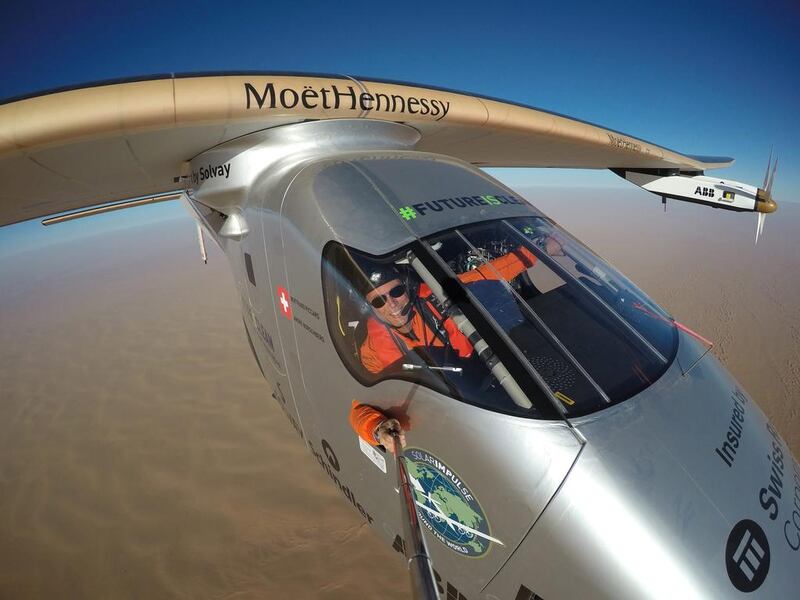The landing of Solar Impulse 2 in Abu Dhabi was a historic achievement not short of symbolic value. The aircraft's flight across the globe using zero conventional fuel and supported instead entirely by solar power, presages a future with a greater reliance on renewable energy resources. Technology – still in its infancy in the case of passenger aircraft, offers a viable and exciting new niche for further research and development, as the basis for our societies to learn how to do more with less.
That Solar Impulse 2 took off and landed at the end of its global route in Abu Dhabi is not a coincidence. The aircraft was manufactured in Switzerland, but was delivered to Masdar in Abu Dhabi for display at the World Future Energy Summit in January 2015. The UAE has been positioning itself for many years as a leader in innovative technology development and the demonstration of alternative energy in a region that is historically dominated by fossil fuels like few others.
That fossil fuels and renewable energy mix very well in the UAE is a reality that has also begun to be demonstrated in outright commercial terms. Over the past year, Dubai’s Mohammed Bin Rashid Al Maktoum Solar Park has successively set global records for the lowest-cost utility-style use of solar photovoltaic power – to less than a few US cents per kWh, competitive with some gas-fired projects in the region. This is a marked success few might have initially expected to come from a Middle Eastern oil producer, and one that also has a realistic chance of contributing to the gradual establishment of photovoltaic power in the markets of neighbouring countries.
The UAE has, within a few years, taken a series of other initiatives aimed at raising awareness and finding innovative ways of integrating greener technologies into the energy mix, while promoting parallel policies aimed at raising energy efficiency and establishing the green economy as a separate business sector.
Abu Dhabi is home to Masdar City – which is designed as a regional centre of innovation and research dedicated to clean and alternative energy solutions that include low-carbon solutions for future city design – and, since 2009, to the International Renewable Energy Agency.
Other Gulf oil and gas producers, including Qatar, Oman and Saudi Arabia, have followed with research and development initiatives that include the demonstration of niche technologies such as alternative vehicle fuels, solar-powered desalination, and enhanced oil recovery. While many of these initiatives are in their early stages, they are steps in the right direction and lay out the potential of these markets.
Some similar steps are being taken in North Africa, particularly Egypt and Morocco. Morocco has shown remarkable business sense by drawing in foreign investment to forge a series of solar power projects inside the country. This includes efforts over the past decade to increase off-grid electricity access in rural Morocco through hybrid solutions.
Morocco’s Solar Plan entails a total of 2,000MW of future capacity, of which the implementation of the 500MW Noor Solar Complex – comprising 460MW concentrated solar power and 40MW photovoltaic power – is already well under way.
Other North African countries such as Algeria, Libya and Egypt hold plentiful potential for solar power, which could eventually be exported to Europe and hence provide North Africa with an additional source of revenue. The opening of the European market for clean power from outside the European Union in the late 2000s, alongside the availability of Climate Investment Funds for countries such as those in North Africa, has helped make renewables an increasingly attractive additional energy source. For the UAE and its Gulf neighbours, which are attempting to diversify their business portfoilios, this could also prove to become a major area of interest for future foreign investment.
The UAE’s target is to increase the contribution of clean energy – renewable energy and nuclear power – from less than 1 per cent in 2014 to 24 per cent of the country’s energy mix by 2024. This commitment will have great job-creating potential for young Emiratis. It is also an indication of the UAE’s increasing emphasis on more climate-friendly development planning, demonstrating that economic growth in the region can be “green”.
Laura El-Katiri is an Abu Dhabi-based consultant and a research fellow at the Oxford Institute for Energy Studies





